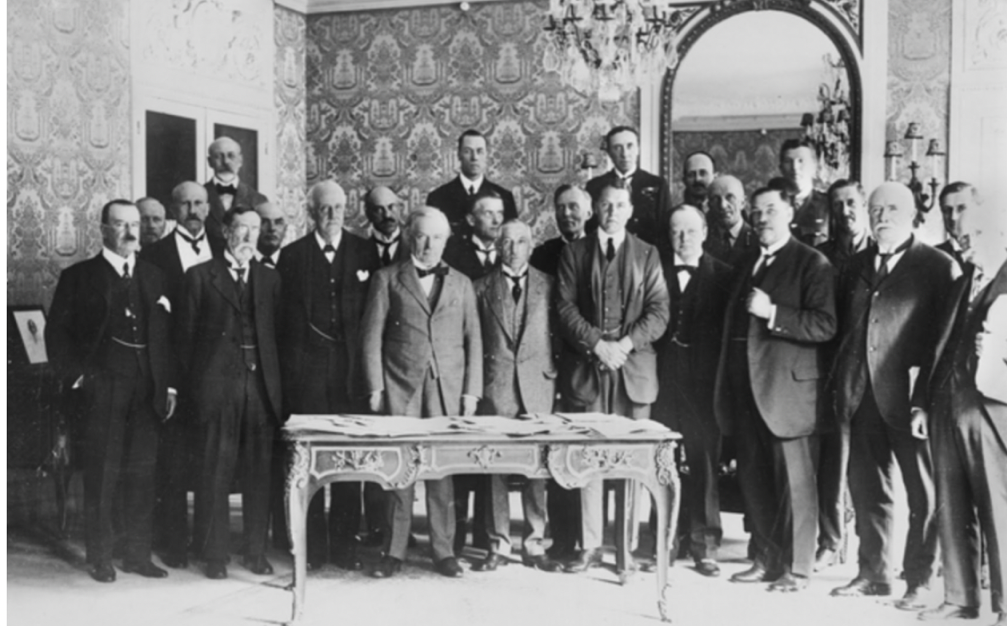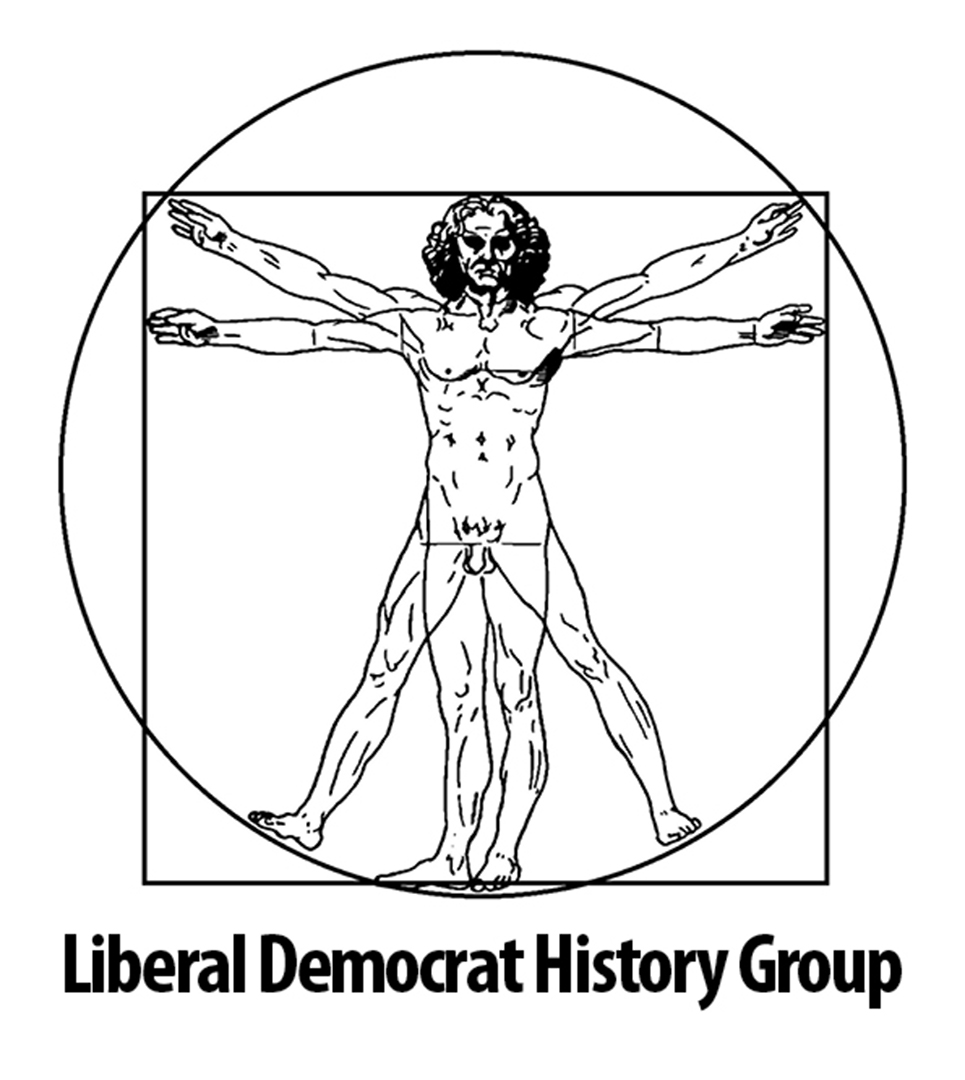These latter two forces were best expressed in the policies of the ‘father of free trade’ William Huskisson at the Board of Trade, but even Huskisson largely failed in his attempts to reform the Corn Laws, imposed in 1815 on a wave of post-war agrarian patriotism. This prohibition of imports of grain until the domestic price reached 80s had led to short-lived urban protests but had done little to restore agrarian prosperity. By 1822, under Huskisson’s influence, government thinking foreshadowed free trade in corn, accepting that foreign corn in the long run must provide food for a largely urban, industrially-employed British people. But the power of the Tory rural interest prevented much progress in this direction although eventually the Corn Law of 1828 introduced a sliding scale of duties, i.e. reducing duties as the domestic price of corn rose. Huskisson was far more successful in liberalising the general tariff, overhauling the Navigation Acts, encouraging reciprocal commercial treaties and reducing but not abolishing imperial preference. His administrative model of fiscal reform would act as a blueprint for Peel and Gladstone.
After 1830, the Whigs, pre-occupied with political reform, showed surprisingly little interest in tackling the Corn Laws, which remained an easily identifiable target for the Radical attack as the worst slump of the nineteenth century began in 1837 and was to last until 1842. This unleashed a wave of middle class hostility to the Corn Laws, with first the London Anti-Corn Law Association but soon the far more effective Manchester Anti-Corn Law Association in 1838. Transmuted into the Anti-Corn Law League in 1839, under the leadership of Richard Cobden and later John Bright, this became the most impressive of nineteenth-century pressure groups. But its cause of total and immediate repeal initially made little headway. The Whig governments only reluctantly took up the issue by promoting a fixed duty on corn on the eve of the general election of 1841 but this was unable to staunch the flow of support towards the Conservatives who were returned to power under Sir Robert Peel.
With a strong protectionist element now massed on the Tory backbenches, and with the Chartist movement appearing at times to threaten political stability, the liberal Tory Peel trod cautiously in office, but in 1842 he combined the re-introduction of income tax with a significant lowering of the sliding scale on corn. Rather than solving the Corn Law issue this was the prelude to a huge propaganda battle in the 1840s between free trade and protection, the League and the Anti-league, the cotton lords and the landed interest, the people and the aristocracy. Above all the League under Cobden emerged as a powerful vehicle of public education and agitation, integrating women into its political machine and attracting increasing popular support as Chartism waned. Some have argued that the Leagues success was counterproductive and discouraged Peel from moving towards repeal earlier. However, the success of his fiscal strategy of tariff liberalisation was clear by 1845 so that Repeal of the Corn Laws lay fully in the logic of Peelite policy. However political and electoral logic, with the protectionist element in his own party increasingly organised and truculent, suggested delay in announcing his conversion until the expected general election in 1847. However the prospect of famine in Ireland in 1845 convinced Peel of the need for Repeal, although with his government divided, he initially resigned. The Whigs, although rallied behind total repeal by Russell’s famous Edinburgh letter in November 1845, ultimately declined the poisoned chalice, leaving Peel in January to press ahead with total (by 1849) but not as the League wanted, immediate repeal. This was enough to disarm the League and to win the support of the vast bulk of the Whigs but the parliamentary debates between January and June revealed the deep split in the Conservatives and culminated with Repeal passing with the support of only a third of the party. These Peelites shared their leaders view that protection was no longer necessary for British agriculture while it proved disadvantageous to other sectors of the economy and arguably made the Conservative party and aristocratic rule less attractive to urban and industrial Britain. This Peelite vision, rejected by the bulk of his party, swayed by the rhetoric of Disraeli and the sense of betrayal felt by many agriculturalists, became an integral part of mid-Victorian liberalism as many of the Liberal-Conservative Peelites, above all, Gladstone himself were to gravitate towards the Whig-Liberal party.
After 1846, many of the Radicals of the League looked forward to repeal as the prelude to a widespread attack on the aristocratic establishment, including free trade in land. But the radical potential of the so-called Manchester School was soon blunted, as class tensions were more generally assuaged in the so-called Age of Equipoise. However, the contribution of the Whig government of 1846-51 to the consolidation of free trade should not be overlooked, for it promoted the abolition (although it was implemented only gradually) of imperial preference and the repeal of the Navigation Acts in 1849, ending two pillars of the protectionist regime which went back to the 17th century. After the Protectionist government of 1852 admitted the impossibility of a return to protection, the Peelite tradition of fiscal free trade was consolidated by Gladstone’s budget of 1853 which further abolished hundreds of customs duties and set out the goals of lowest amount of government expenditure consistent with national safety, the minimum number of revenue-raising duties, and low, if possible no, income tax. With the onset of the Crimean War and Palmerstonscontinued insistence on preparedness for war, those who like Cobden looked to free trade as the means to curtail the aristocratic war establishments were to be increasingly disappointed. But in 1860 Cobden and Gladstone were to combine forces with the Anglo-French commercial treaty and the budget of 1860. These together not only further simplified the British tariff (now reduced to forty items) but led to a major liberalisation of the French tariff regime and prompted a series of commercial treaties in Western Europe which now effectively joined together to form a low tariff bloc, in many ways, Europes first common market. Gladstone himself was increasing sympathetic towards the world-view of Cobden in which free trade, peace and morality in foreign policy were part of a coherent whole, a vision which became central to post-Palmerstonian liberalism. After Cobden’s death in 1865, the Cobden Club kept alive his legacy, and strongly defended free trade against the threat of fair trade in the late 1870s and early 1880s. Free trade now became part of the dominant narrative of political democracy, a victory for the people at the expense of the aristocracy, and part of the social contract which guaranteed the welfare of Britain’s citizen consumers. Hence against the challenge of Chamberlain’s tariff reform movement, the defence of free trade and Cobdenite values became vital ingredients in the success of Edwardian liberalism. Although eroded during the First World War, the restoration of free trade remained urgent for most liberals after 1918, and it was only in the wake of the 1931 crisis that some abandoned what many had considered the defining belief of modern British liberalism.
Anthony Howe is Professor of Modern British History at the University of East Anglia. His publications include Free Trade and Liberal England, 1846-1946 (Oxford, 1998). He is currently preparing a complete edition of the Letters of Richard Cobden (1804-1865) with the support of an Arts & Humanities Research Board Resource Enhancement award. This article was written in January 2004.

Journal of Liberal History
For the discussion and research of Liberal, Liberal Democrat and SDP history
Developed and hosted by Prater Raines
